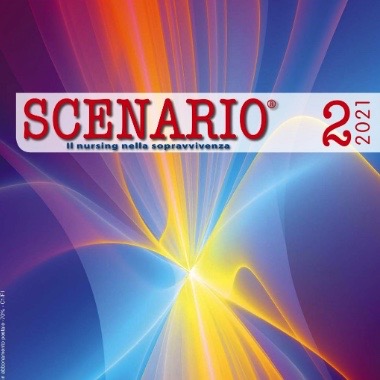Il vissuto degli infermieri durante le chiamate di emergenza effettuate da bambini: uno studio fenomenologico nelle centrali operative 118 del Veneto (Italia)

Accettato: 26 luglio 2021
All claims expressed in this article are solely those of the authors and do not necessarily represent those of their affiliated organizations, or those of the publisher, the editors and the reviewers. Any product that may be evaluated in this article or claim that may be made by its manufacturer is not guaranteed or endorsed by the publisher.
Autori
L'infermiere della Centrale Operativa 118 (COP 118) del Sistema Urgenza Emergenza Medica (S.U.E.M.) durante la chiamata di emergenza deve identificare la condizione critica mediante l'utilizzo di un metodo di triage telefonico che permetta di effettuare il dispatch, inviando di conseguenza sul posto il mezzo e lo staff più appropriati. Gli outcomes risultano essere migliori se l'infermiere riesce a riconoscere precocemente i sintomi del paziente: risulta essere fondamentale la comunicazione telefonica con l'interlocutore, soprattutto quando è un bambino. L'obiettivo dello studio è conoscere i meccanismi messi in atto dai professionisti nel momento in cui sono entrati in contatto telefonico con bambini che assistevano a situazioni di emergenza.
Agenzie di supporto
Come citare

Questo lavoro è fornito con la licenza Creative Commons Attribuzione - Non commerciale 4.0 Internazionale.
Aniarti ha scelto di applicare la Licenza Creative Commons Attribuzione Non Commerciale 4.0 Internazionale (CC BY-NC 4.0) a tutti i manoscritti da pubblicare.

 https://doi.org/10.4081/scenario.2021.477
https://doi.org/10.4081/scenario.2021.477



